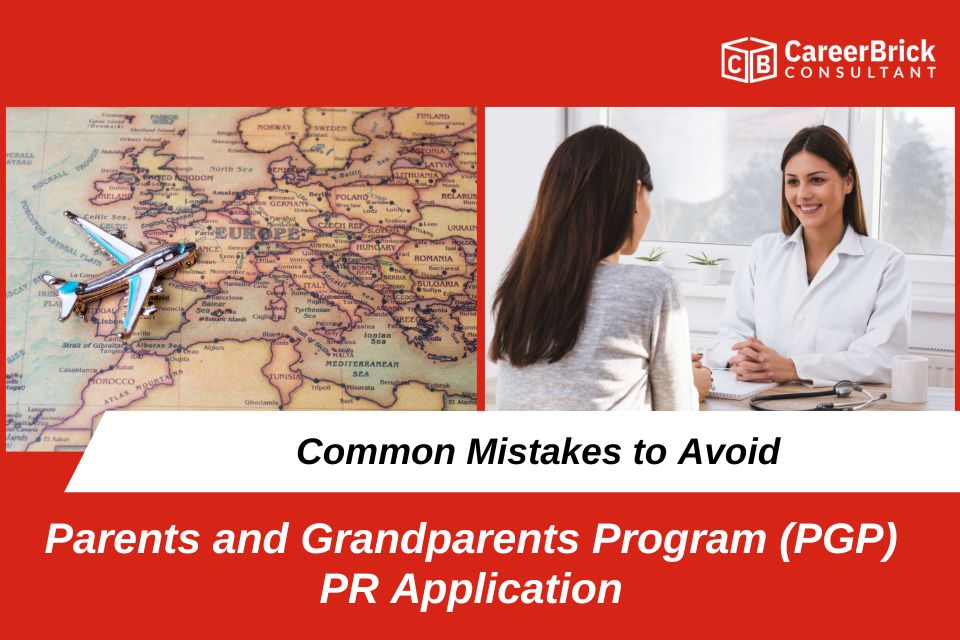Immigrating as a Couple Through Express Entry: Listing Your Partner as Non-Accompanying
When applying for Canadian permanent residence (PR) through Express Entry, couples must decide whether to list a spouse or common-law partner as accompanying or non-accompanying.
Accompanying vs. Non-Accompanying
-
Accompanying partner: Included in the PR application, and if approved, both receive PR together.
-
Non-accompanying partner: Declared on the application but does not receive PR with you.
Partner gets PR with youPartner must be admissibleImpacts CRS scoreCounts for proof of funds
| Partner gets PR with you | Partner must be admissible | Impacts CRS score | Counts for proof of funds | |
| Accompanying | Yes | Yes | Yes | Yes |
| Non-accompanying | No | Yes | No | Yes |
Not disclosing your partner is misrepresentation and can result in refusal or even a ban.
Why List a Partner as Non-Accompanying?
Some applicants choose this option if their partner:
-
Has work, business, or family obligations abroad.
-
Prefers to move later through spousal sponsorship.
However, this must be genuine. Listing a partner as non-accompanying just to increase your Comprehensive Ranking System (CRS) score is considered misrepresentation and can lead to refusal or a five-year ban.
CRS Score Impact
Your CRS score changes depending on whether your partner is accompanying.
-
If your partner has strong education, language, and work experience, your score may increase.
-
If not, listing them as non-accompanying may give you a higher score.
Example:A candidate with a highly skilled partner may benefit from including them. But if the partner has weaker qualifications, the score may be higher when listed as non-accompanying.
Risks and Concerns
-
Living together in Canada: Declaring a partner as non-accompanying while they already reside with you can raise red flags.
-
Adding a partner later: Changing their status after submission can trigger reassessment and misrepresentation concerns unless due to a genuine change (e.g., new marriage).
-
Inadmissibility issues: Listing a partner as non-accompanying is not a workaround if they are medically or criminally inadmissible.
Dos and Don’ts for Couples
Dos
-
Always disclose your partner accurately.
-
Provide proper documentation (marriage certificate, proof of relationship).
-
Consider spousal sponsorship later if needed.
-
Write a clear Letter of Explanation when listing a partner as non-accompanying.
Don’ts
-
Never hide a partner or omit details.
-
Don’t try to bypass inadmissibility by declaring them non-accompanying.
-
Avoid inconsistencies across applications.
-
Don’t make unnecessary changes after receiving an ITA.
Can Both Partners Apply Separately?
Yes. Both spouses can create Express Entry profiles, each listing the other as accompanying. If one receives an Invitation to Apply (ITA), that application can move forward, while the other is withdrawn. This can be useful when one partner qualifies under special draws or has a stronger CRS score.
Final Takeaway
Couples applying through Express Entry must carefully decide whether to list a partner as accompanying or non-accompanying. The choice impacts CRS scores, settlement planning, and overall application success. Always remain truthful and consistent—misrepresentation can have serious consequences.







